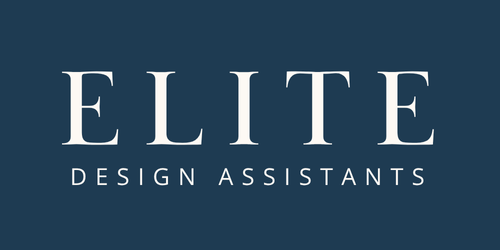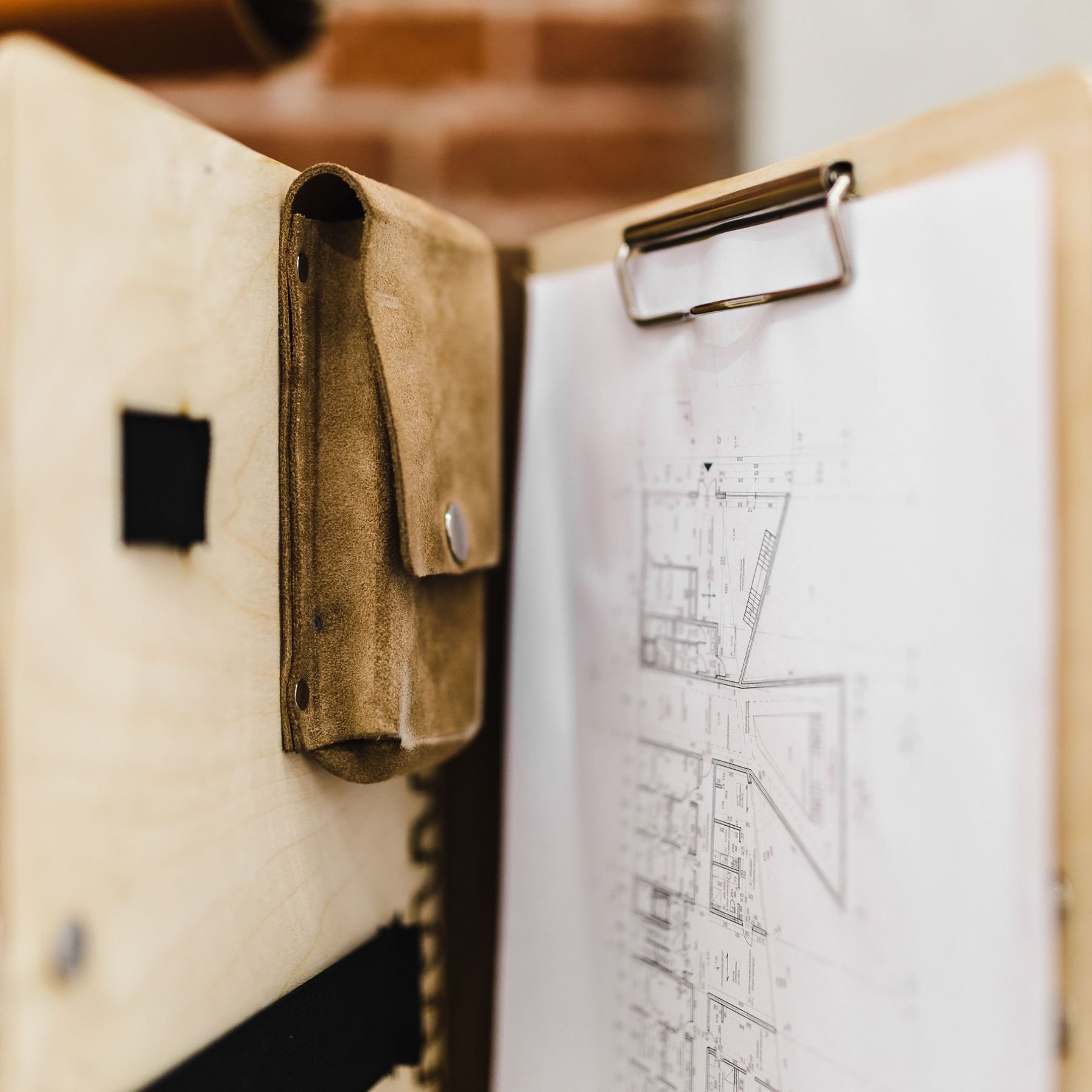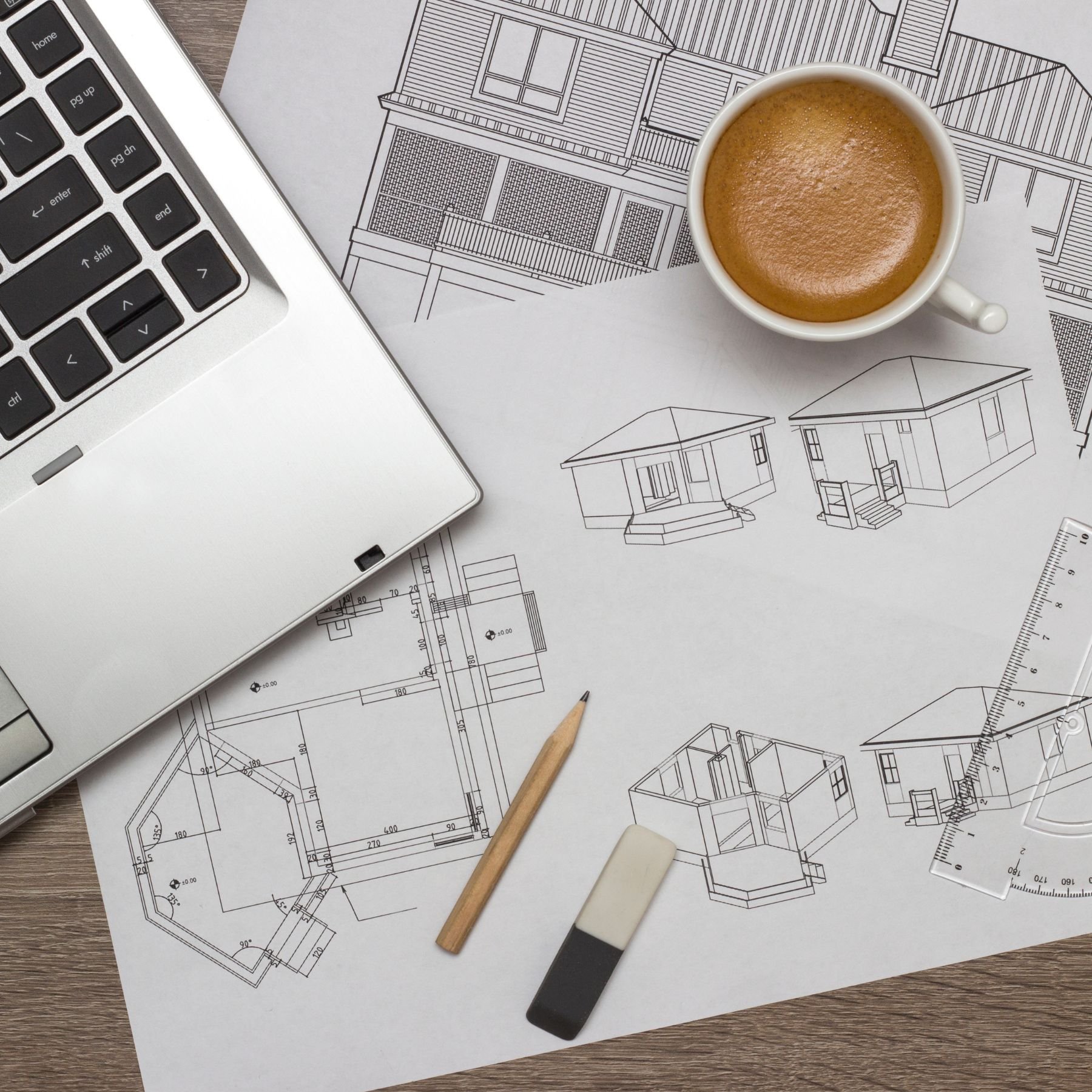Should You Consider Creating a Design Build Firm?
/In the ever-evolving landscape of interior design, the concept of a Design Build firm is gaining traction. This approach merges the traditionally separate disciplines of design and construction into a single, streamlined process. But is it the right move for every interior designer out there?
First, let's demystify what a Design Build firm is. Unlike the traditional approach where design and construction are handled by separate entities, a Design Build firm integrates these processes. The essence of a Design Build firm is about fostering a seamless, integrated process that enhances communication, streamlines workflows, and ultimately delivers a more unified vision for the project.
Now, why should you, as an interior designer, consider venturing into the Design Build game? Let's navigate through the pros and cons, and by the end, you just might see your path in a new light.
The Pros
Streamlined Communication: One of the standout benefits of a Design Build firm is the streamlined communication between the designer, contractor, and client. This synergy can significantly reduce misunderstandings and misinterpretations, ensuring a smoother project from start to finish.
Efficiency and Time Savings: With both design and construction teams working together from the get-go, projects can move more swiftly. Decisions are made faster, and there's a fluid transition from design to execution. This integrated approach often results in shorter project timelines and can lead to cost savings.
Enhanced Creativity: With a thorough understanding of the construction process, your design possibilities widen. You're not just designing within the constraints given to you but actively shaping those constraints. This knowledge can elevate your creativity to new heights.
Quality Control: Having a hand in both design and construction phases means more control over the outcome. This can lead to higher client satisfaction, as the final product closely aligns with the initial vision.
The Cons
Steep Learning Curve: If construction isn't your forte, there's a learning curve to consider. Understanding the intricacies of building processes, regulations, and materials is essential and can be daunting for some.
Increased Responsibility: With great power comes great responsibility. Managing both design and construction aspects means you're on the hook for more if things go south. It's a higher risk, higher reward scenario.
Resource Intensive: Starting a Design Build firm requires more than just a vision; it demands resources. From skilled labor to licensing, the initial setup can be resource-intensive and requires careful planning.
Yes, there are hurdles, but the potential for innovation, control, and satisfaction in seeing your designs fully realized is unparalleled. So, should you consider creating a Design Build firm? If the idea of creating a Design Build firm sparks excitement rather than dread, here are a few strategies to consider:
Education and Partnership: Before diving in, educate yourself about the construction industry. Consider partnerships or collaborations with construction professionals who share your vision and can bring the necessary expertise to the table.
Build a Multidisciplinary Team: Assembling a team that includes both design and construction professionals can foster a collaborative culture and ensure that projects benefit from a diverse range of skills and perspectives.
Focus on Communication: Establish clear communication channels and processes to facilitate the seamless flow of information between all team members and with clients. This is crucial for the success of the Design Build approach.
Manage Risk Wisely: Consult with legal and insurance professionals to understand and mitigate the risks associated with construction. This includes ensuring that you have the appropriate contracts and insurance in place.
Start Small and Scale: Consider starting with smaller, less complex projects to build your team's confidence and processes. This allows you to refine your approach before tackling larger, more complex projects.
Looking for a bit more industry wisdom to guide you? LuAnn Nigara, in her "Well Designed Business" podcast, hosted Brad Leavitt across several enlightening episodes (542, 560, 580, 615, 649), where they delve deep into the Design Build world. Leavitt shares insights that are gold for anyone considering this path. His experiences underscore the importance of clear communication, the art of managing client expectations, and the value of integrating design and construction from the get-go. These episodes are a treasure trove of knowledge, offering real-world perspectives on the Design Build process.
Whether your exciting next chapter means expanding into the Design Build arena or other ways of growth, we’re here to support your journey every step of the way!
xx, Danae









